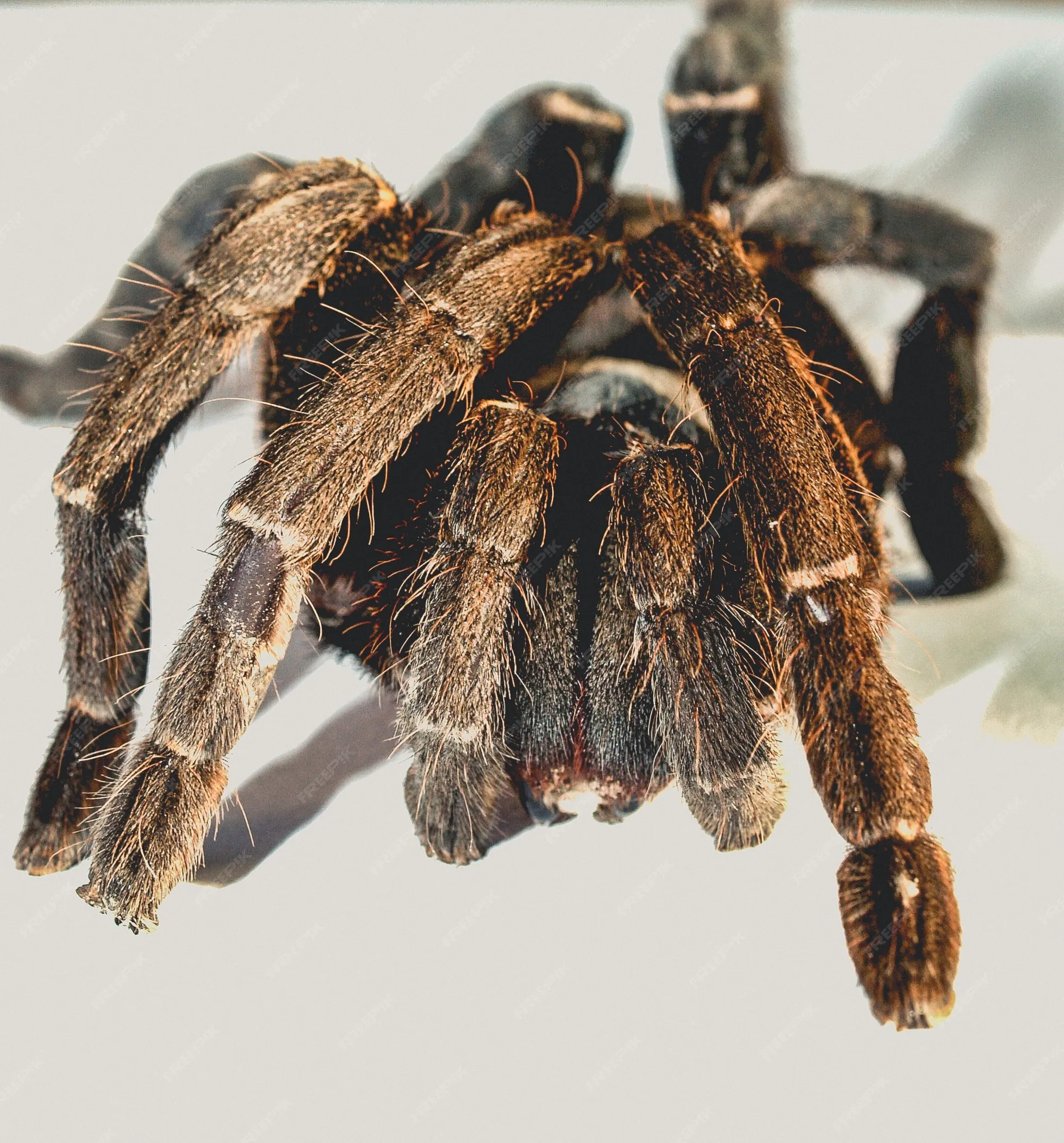Spider Tarantula Guide How to Care
Spider tarantulas, with their captivating appearance and intriguing behaviors, have become increasingly popular pets. Owning a spider tarantula can be a rewarding experience, but it also comes with responsibilities. This comprehensive guide provides essential information on how to care for spider tarantulas, covering everything from choosing the right species to understanding their unique needs. Whether you’re a seasoned arachnid enthusiast or a curious beginner, this guide will equip you with the knowledge to provide a healthy and fulfilling life for your tarantula companion. Remember, responsible pet ownership is key to ensuring your tarantula thrives.
Choosing Your Spider Tarantula
The first step in caring for a spider tarantula is selecting the right species. Not all tarantulas are created equal; they vary in size, temperament, and care requirements. Before you bring a tarantula home, research different species to determine which one best suits your lifestyle and experience level. Consider factors like size, lifespan, venom potency, and the type of environment the tarantula prefers. Some beginner-friendly species include the Chilean rose hair tarantula and the Mexican red knee tarantula, known for their docile nature and relatively easy care. Avoid choosing a tarantula based on its appearance alone; prioritize compatibility with your living situation and your ability to provide adequate care.
Researching Different Tarantula Species
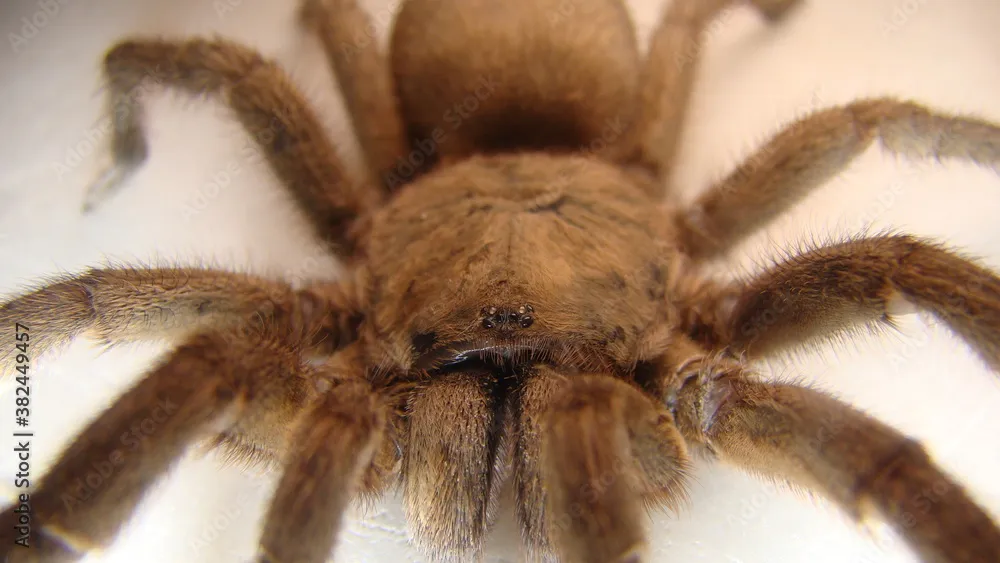
Thorough research is essential before acquiring a spider tarantula. Online resources, books, and experienced tarantula keepers can provide valuable insights into specific species. Look for information on their natural habitat, dietary needs, and potential health issues. Pay attention to the tarantula’s temperament; some species are more prone to aggression or defensive behaviors. Understanding these characteristics will help you create a suitable environment and handle your tarantula safely. Consider the tarantula’s growth rate and eventual size, ensuring you have adequate space for its enclosure. Researching the tarantula’s lifespan is also crucial, as some species can live for decades, requiring a long-term commitment.
Common Tarantula Species
Several tarantula species are popular choices for pet owners. The Chilean rose hair tarantula (Grammostola rosea) is a hardy and docile species, well-suited for beginners. The Mexican red knee tarantula (Brachypelma hamorii) is another popular option, known for its striking coloration and relatively calm temperament. The Gooty sapphire ornamental (Poecilotheria metallica), while visually stunning, requires more experience due to its potent venom and defensive nature. The Brazilian black tarantula (Grammostola pulchra) is a robust species with a calm disposition, while the pink toe tarantula (Avicularia avicularia) is arboreal, requiring a different enclosure setup. Each species has its unique characteristics, so choose one that aligns with your experience and lifestyle.
Setting Up Your Tarantula’s Habitat
Creating a suitable habitat is crucial for your spider tarantula’s well-being. The enclosure should mimic the tarantula’s natural environment, providing a comfortable and secure space. The size and type of enclosure will depend on the species and size of your tarantula. Proper temperature, humidity, and substrate are essential for its health and molting process. Regularly monitor and maintain the habitat to prevent the buildup of waste and ensure optimal conditions. Providing a well-designed habitat will not only keep your tarantula healthy but also enhance your enjoyment of observing its fascinating behaviors.
Enclosure Size & Type

The size of the enclosure should be proportional to your tarantula’s size. A general rule is to provide an enclosure that is at least twice the tarantula’s leg span in width and length. The height of the enclosure depends on whether the tarantula is terrestrial (ground-dwelling) or arboreal (tree-dwelling). Terrestrial species need more floor space, while arboreal species require more vertical space for climbing. Glass terrariums, plastic storage containers, and specialized tarantula enclosures are all viable options. Ensure the enclosure has a secure lid to prevent escape and adequate ventilation to maintain air circulation and prevent mold growth. Avoid using overly large enclosures for smaller tarantulas, as this can make it difficult for them to find food.
Substrate & Decorations
The substrate is the bedding material that lines the bottom of the enclosure. It provides a comfortable surface for the tarantula to walk on, burrow in, and molt. Suitable substrate options include peat moss, coco fiber, vermiculite, and a mix of these materials. Avoid using substrates that are dusty or contain chemicals. The depth of the substrate should be appropriate for the species; terrestrial species need a deeper layer for burrowing. Decorations such as cork bark, artificial plants, and hides provide enrichment and security for the tarantula. Ensure that any decorations are non-toxic and securely placed to prevent injury. Provide a water dish with fresh water at all times.
Temperature & Humidity Control
Temperature and humidity are crucial for a tarantula’s health. Research the specific temperature and humidity requirements for your tarantula species. Use a thermometer and hygrometer to monitor the enclosure’s conditions. Most tarantulas thrive in temperatures between 70-85°F (21-29°C). Use a heat mat or ceramic heat emitter to maintain the appropriate temperature, but avoid placing the heat source directly under the enclosure. Humidity levels vary depending on the species, but generally, a humidity level of 60-70% is suitable. Mist the enclosure with water to increase humidity, but avoid over-misting, which can lead to mold growth. Ensure proper ventilation to prevent the buildup of stale air and maintain healthy conditions.
Feeding Your Spider Tarantula
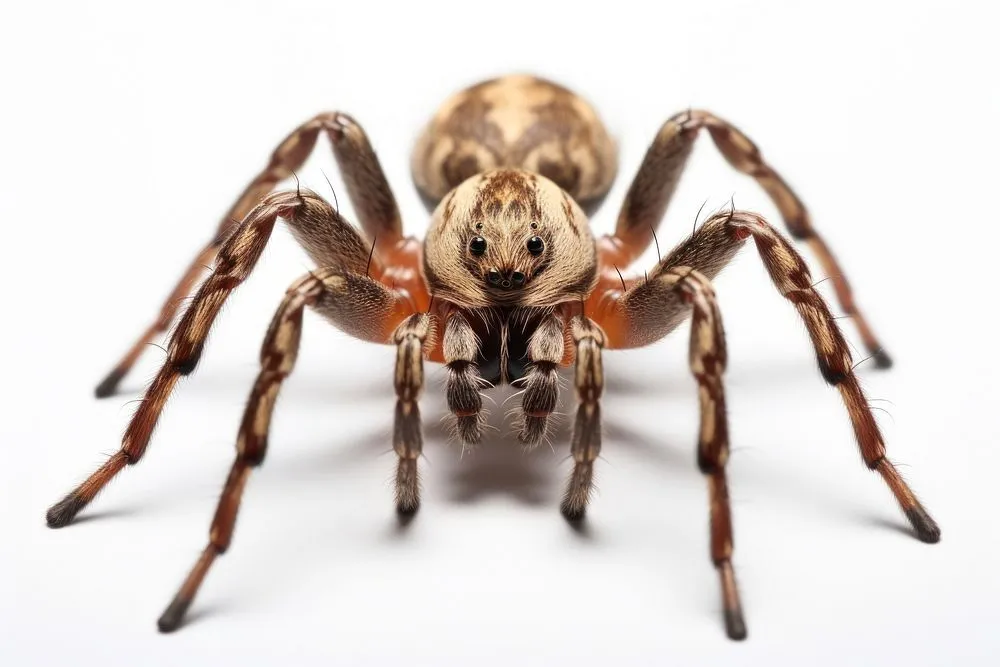
Proper feeding is essential for your tarantula’s growth and well-being. Tarantulas are carnivores, and their diet primarily consists of insects. The frequency and type of food depend on the tarantula’s age, species, and size. It’s important to provide a balanced diet and avoid overfeeding. Monitor your tarantula’s abdomen to ensure it’s neither too thin nor too plump. Providing the right food will keep your tarantula healthy and help it thrive in its enclosure. Feeding practices also affect how frequently the tarantula molts and its overall health. Observing how your tarantula eats is an important step in keeping it healthy.
What to Feed Your Tarantula
The primary food source for tarantulas is insects. Crickets, mealworms, dubia roaches, and superworms are common and readily available options. The size of the insects should be appropriate for the tarantula’s size; the insect should be no larger than the tarantula’s abdomen. Gut-load the insects with nutritious food, such as vegetables and commercial cricket feed, to improve their nutritional value. Avoid feeding wild-caught insects, as they may contain parasites or pesticides. Occasionally, you can offer pre-killed insects to juvenile tarantulas or those that are reluctant to hunt. Always remove uneaten food within 24 hours to prevent mold and mites from infesting the enclosure. Varying the diet will provide the tarantula with a range of nutrients and reduce the risk of nutritional deficiencies.
Feeding Frequency
Feeding frequency depends on the tarantula’s age and growth stage. Spiderlings (juvenile tarantulas) should be fed more frequently, typically every other day or every day. Sub-adults can be fed every 3-4 days, and adults can be fed once or twice a week. Adjust the feeding schedule based on the tarantula’s appetite and body condition. Overfeeding can lead to obesity and health problems, while underfeeding can stunt growth. If the tarantula refuses food, it may be preparing to molt, so do not force it to eat. Observe the tarantula’s behavior and abdomen size to determine the appropriate feeding frequency. Always provide fresh water even if the tarantula is not eating.
Watering Your Tarantula
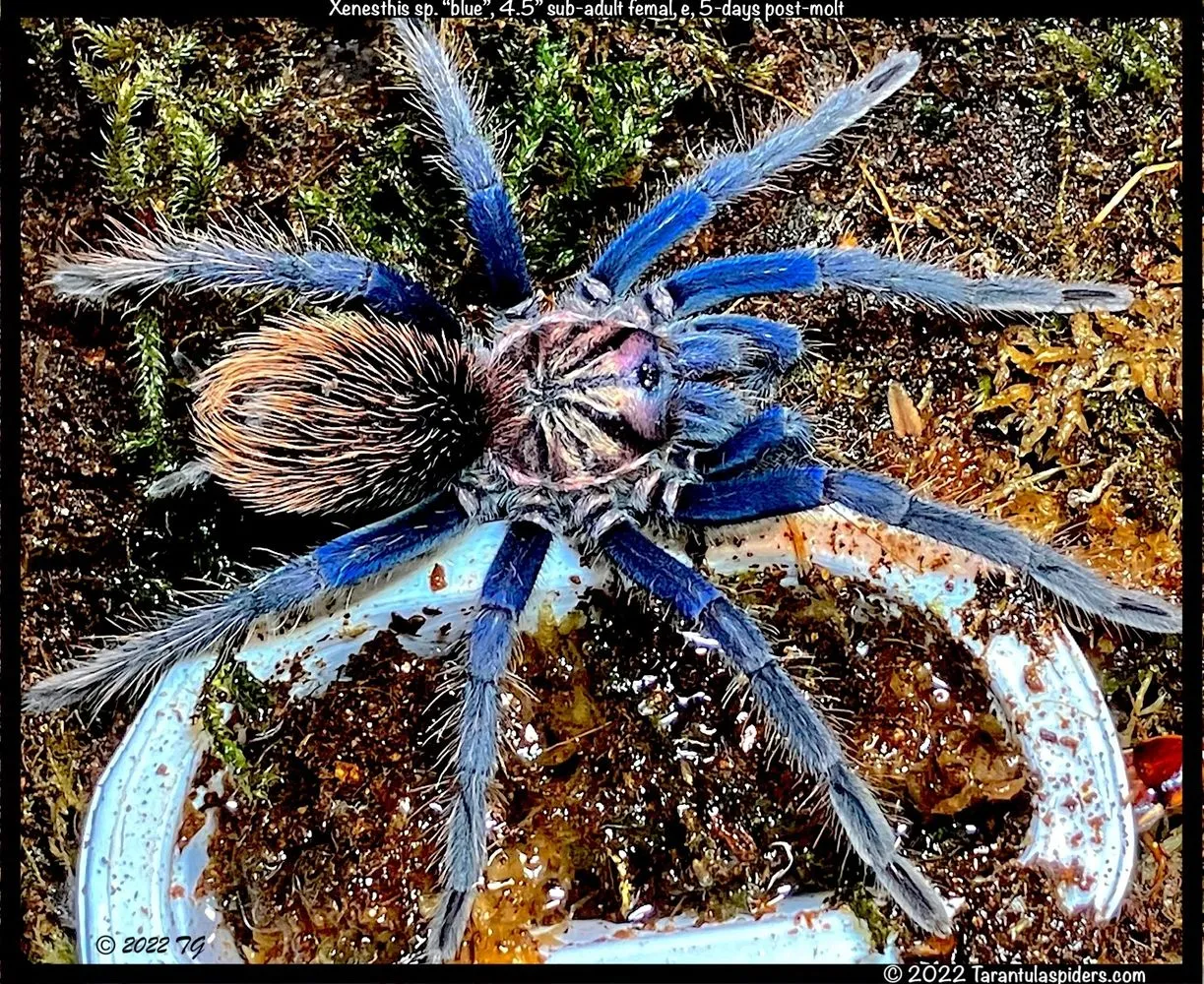
Providing fresh water is vital for your tarantula’s hydration. Always have a shallow water dish available in the enclosure. The water dish should be shallow enough to prevent the tarantula from drowning. Regularly clean and refill the water dish with fresh, dechlorinated water. Some tarantulas may prefer to drink water droplets from the side of the enclosure after misting. Monitor the water level in the dish and refill it as needed. Hydration is especially important during molting; a dehydrated tarantula may have difficulty with the molting process. Ensure your tarantula has access to clean water at all times.
Handling Your Spider Tarantula
Handling tarantulas is not always necessary, and it can be stressful for the tarantula. However, if you choose to handle your tarantula, it’s essential to do so with caution and respect. Some species are more docile and tolerate handling better than others. Always handle your tarantula in a safe environment, such as close to the ground or over a soft surface, in case it falls. Observe your tarantula’s behavior before handling it, and if it shows signs of stress or defensiveness, avoid handling it. Handling a tarantula comes with risks, so understanding the species and its temperament is essential.
Safe Handling Practices
If you choose to handle your tarantula, do so with care and respect. Avoid sudden movements and loud noises. Use a soft brush or a similar tool to gently coax the tarantula onto your hand, rather than grabbing it. Always supervise children when they are interacting with the tarantula. Wash your hands thoroughly before and after handling your tarantula. Be aware that tarantulas can bite, and while the venom of most species is not life-threatening to humans, it can be painful. Be prepared for a bite and avoid handling species known for their aggressive behavior. Do not handle a tarantula immediately after feeding or before it molts.
Understanding Tarantula Behavior

Understanding a tarantula’s behavior is crucial for safe handling and overall care. Tarantulas communicate through body language, and knowing how to interpret their signals will help you avoid stress and potential bites. Observe your tarantula’s posture, movement, and defensive behaviors. Some tarantulas may flick hairs from their abdomen as a defense mechanism, while others may raise their front legs or display their fangs. Be aware of the tarantula’s temperament and potential defensive responses. Understanding these behavioral cues will help you create a positive and safe environment for both you and your tarantula. Different tarantula species have different behavioral traits, so research the specific species you are caring for.
Health & Common Issues
Like any pet, tarantulas can experience health issues. Being able to recognize the signs of illness and providing preventative care is essential for your tarantula’s well-being. Many health problems can be avoided by maintaining a clean and appropriate environment. The most common issues include mites, fungal infections, and injuries during molting. If you suspect your tarantula is sick, consult with a veterinarian who specializes in exotic animals. Early detection and treatment are crucial for a successful recovery. Regular observation and preventative measures will ensure your tarantula remains healthy.
Recognizing Signs of Illness
Recognizing the signs of illness is the first step in addressing health issues. Common signs include loss of appetite, lethargy, unusual posture, and changes in behavior. Look for discoloration on the abdomen or legs, which could indicate a fungal infection or mite infestation. Difficulty molting is also a sign of potential health problems. If you notice any of these signs, isolate the tarantula and consult with a veterinarian or experienced tarantula keeper. Do not attempt to self-treat your tarantula without proper knowledge and guidance, as improper treatment can worsen the condition. Provide a clean and stress-free environment for the tarantula while you seek professional help.
Preventative Care
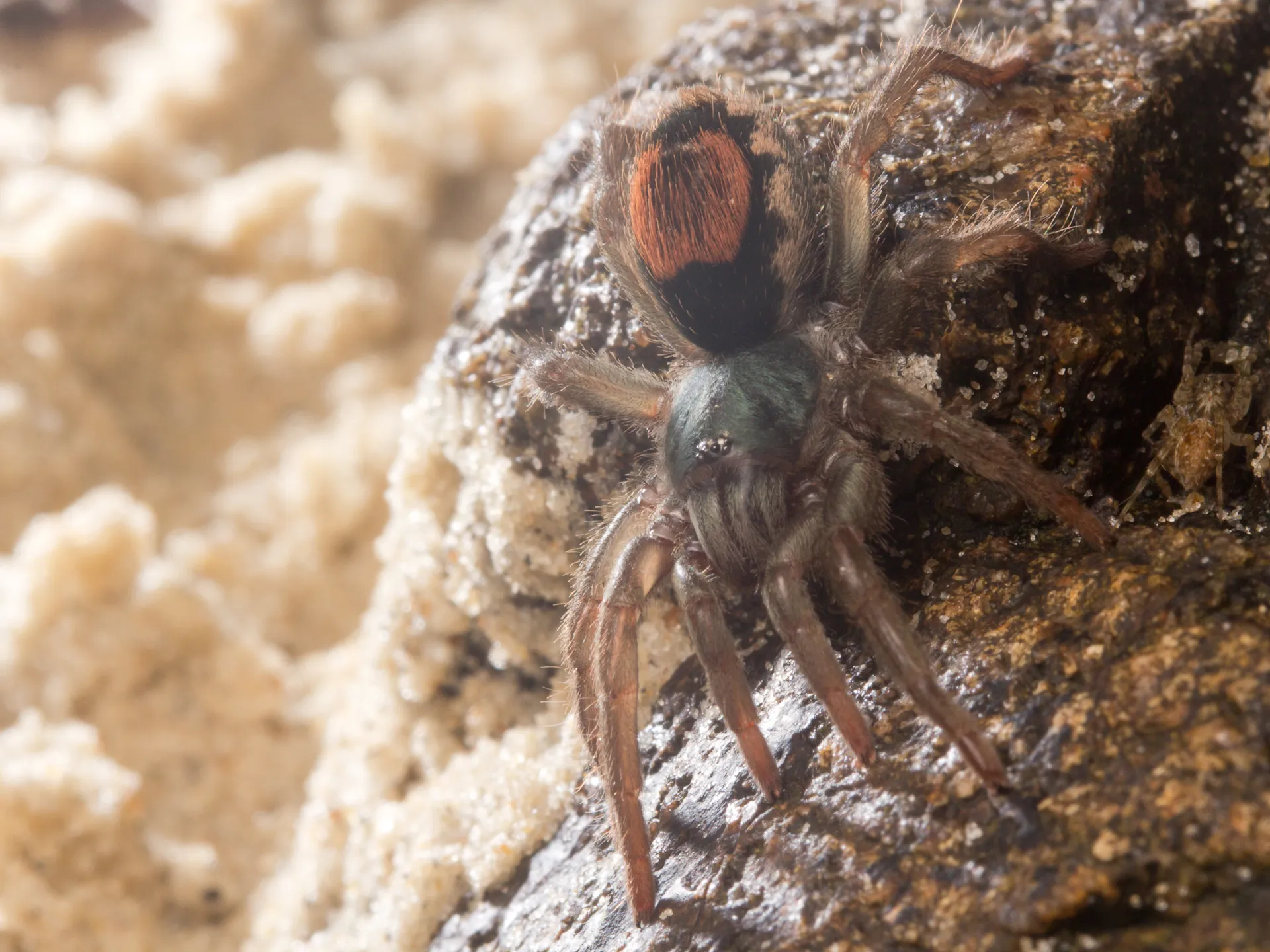
Preventative care is crucial for maintaining your tarantula’s health. Regularly clean the enclosure and remove any uneaten food and waste. Maintain the appropriate temperature, humidity, and substrate conditions for your species. Provide a balanced diet and avoid overfeeding. Quarantine any new tarantulas before introducing them to your existing collection. If you notice any signs of parasites, such as mites, take immediate action. Preventative measures include maintaining a clean environment, providing a balanced diet, and avoiding overcrowding. Regular observation and proactive care are key to preventing health issues and ensuring a long, healthy life for your tarantula.
Breeding Spider Tarantulas
Breeding tarantulas is a complex process that requires experience and knowledge. It’s important to be prepared for the responsibilities of raising spiderlings. Breeding involves careful planning, selecting compatible specimens, and providing the appropriate conditions for mating and egg laying. You must also prepare for the care of the spiderlings, which involves providing them with a suitable habitat, food, and environmental conditions. Breeding can be a rewarding experience, but it’s essential to be aware of the challenges involved.
What You Need to Know
Before attempting to breed tarantulas, research the specific species and understand their breeding requirements. Choose healthy and mature specimens of the same species. Provide a suitable environment for mating, including proper temperature, humidity, and a safe enclosure. The female may eat the male after mating, so be prepared to separate them. After the female lays her eggs, provide her with a secure environment to care for them. Raising spiderlings requires specialized care, including providing appropriate food and a suitable enclosure. Be prepared to provide a large number of enclosures for the spiderlings. It’s a demanding process, so ensure you have the resources and knowledge before attempting to breed tarantulas. Always prioritize the well-being of the tarantulas.
Caring for a spider tarantula can be a fascinating and rewarding experience. By following the guidelines in this guide, you can provide your tarantula with a healthy and fulfilling life. Remember to research your specific species, provide a suitable environment, and practice responsible pet ownership. With patience, care, and a genuine interest in these amazing creatures, you can enjoy a long and fulfilling relationship with your spider tarantula. Embrace the opportunity to learn and grow as a tarantula keeper, and you will be rewarded with the unique beauty and intriguing behaviors of these captivating animals.
